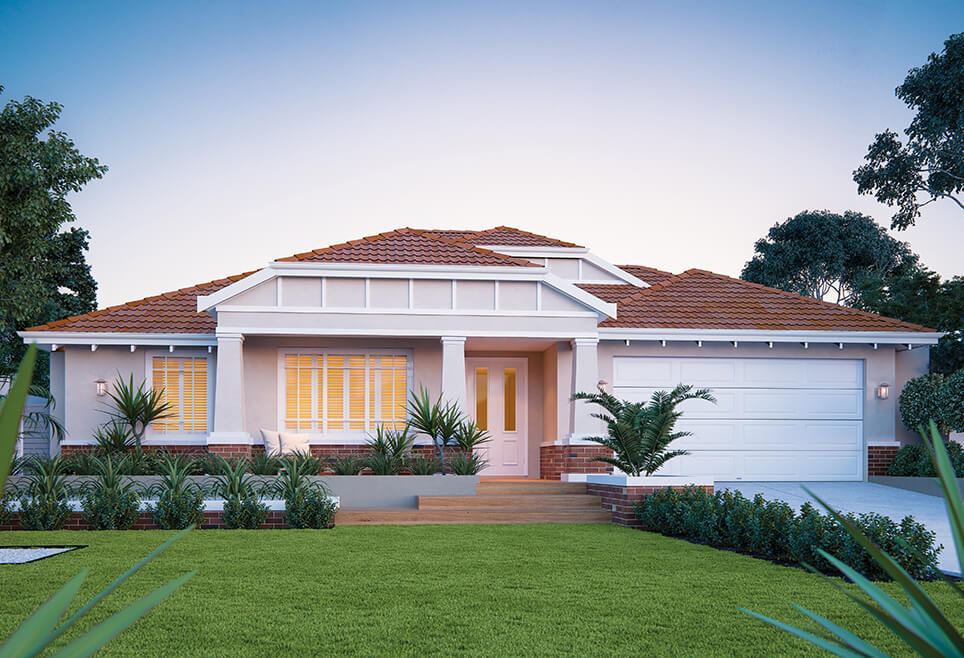The Beauty of California Bungalow Style Homes
California Bungalow style homes are a unique architectural phenomenon that reflects a blend of simplicity and charm, deeply rooted in the early 20th-century American lifestyle but still resonant today. Emerging during the Arts and Crafts movement, these modest, aesthetically pleasing homes championed craftsmanship and natural materials, embodying a distinct sense of place and comfort that appeals to a wide demographic. In this article, we explore the intrinsic beauty and enduring popularity of California Bungalow style homes.

Historical Origins and Influences
The California Bungalow style evolved in America but has its roots in the quaint 'Bangla' houses of colonial India. British officers adapted these indigenous designs, which later inspired the Arts and Crafts designers in England. Ultimately, the style crossed the Atlantic, finding fertile ground in California due to its similar climatic conditions to South Asia.
It rose to prominance primarily during the 1910s and 1920s, offering an affordable housing solution in burgeoning suburbs. Prolific architects like Greene and Greene were instrumental in shaping the style, infusing their designs with Japanese aesthetic elements and making it a cultural emblem of the West Coast.
Architectural Features and Elements
Typically, a California Bungalow is a one or one-and-a-half-story structure, boasting a low-pitched gable roof and broad eaves. Exposed rafters, decorative beams, and extensive use of wood are hallmark features, reflecting the Arts and Crafts movement’s emphasis on craftsmanship and natural materials.
The front porch, often sheltered beneath the main roof, serves as a transitional space blending the outdoors with the indoor living area. This not only enhances the aesthetic appeal but also facilitates a communal interaction with the neighbourhood, fostering a sense of community and openness that is often associated with bungalow living.
Interior Design and Living Spaces
Inside a California Bungalow, the layout is straightforward and functional, characterized by flowing, open spaces that encourage family gatherings and offer a seamless living experience. Built-in furniture, like bookcases, benches, and cabinets, are common, maximising space efficiency and maintaining the clean lines and uncluttered aesthetics essential to the bungalow ethos.
Natural light is another critical element. Large windows, often in the form of double-hung or casement styles, allow ample sunlight to permeate interiors, promoting a connection with nature while ensuring that the homes are airy and bright.
Landscaping and Outdoor Aesthetics
The charm of California Bungalows extends into their gardens. These homes are traditionally complemented by native plantings, drought-resistant gardens, and rustic stone pathways, mirroring the naturalism of the Arts and Crafts movement. The garden is not just ornamental but functional, providing a private, tranquil retreat for homeowners.
Outdoor living spaces such as patios or pergolas are commonly integrated with the structure’s overall design, enhancing the indoor-outdoor connectivity that these homes are known for. This design philosophy not only enriches the living experience but also promotes sustainable living practices.
The Modern Bungalow: Adaptations and Revivals
In contemporary architecture, the California Bungalow continues to inspire new generations. Modern adaptations often seen in projects like The Evandale by Coast Homes WA fuse traditional bungalow features with advanced materials and modern design practices, catering to current tastes while respecting the architectural heritage.
These modern bungalows often incorporate eco-friendly technologies, such as solar panels and energy-efficient appliances, aligning with today's environmental concerns while maintaining aesthetic integrity. The adaptability of the bungalow style makes it a perennial favourite among architects and homeowners alike.
Preservation and Renovation Tips
Preserving a California Bungalow involves mindful renovation practices that respect the original design and materials. For instance, when updating windows, it is essential to choose replicas of the original designs or restore existing fixtures to retain the home's historical character.
When considering additions or alterations, recommend maintaining the existing building’s form and proportions. It’s crucial to use materials that complement, rather than overshadow, the original construction.
California Bungalows in Popular Culture
California Bungalows have made significant appearances in film and television, often depicted as the quintessential American home. With their simple, inviting form, these homes convey a sense of warmth and nostalgia, making them a perfect backdrop for storytelling.
This cultural representation reinforces the bungalow’s image as a symbol of comfort and practicality, resonating with audiences and perpetuating the style’s popularity across different media.
Finding Your California Bungalow
For those interested in owning a California Bungalow, it’s advisable to research local heritage listings and real estate markets that feature historic neighbourhoods. Preservation societies can also be valuable resources for potential buyers to understand the specific nuances and responsibilities of owning such a property.
Additionally, visiting model homes can provide insights into how modern interpretations of the bungalow style can meet contemporary needs while preserving the charm and character of the original designs.
In conclusion, the California Bungalow style remains a testament to the enduring appeal of thoughtful, accessible design. Whether through preservation, adaptation, or inspired new constructions, the legacy of the California Bungalow continues to influence residential architecture and remains a cherished option for homeowners around the world.
